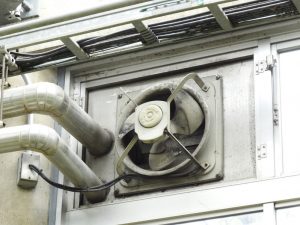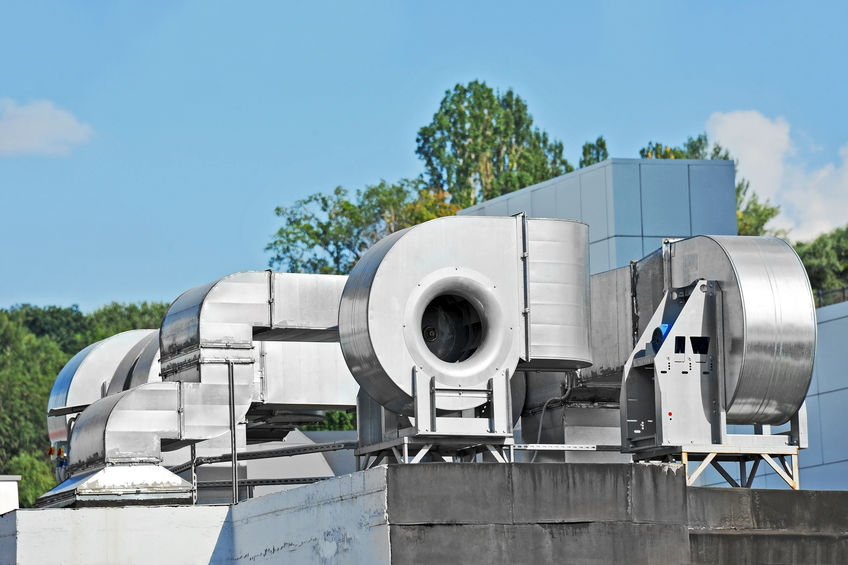
Have you been thinking about buying industrial fans to keep people and things cool and comfortable? Industrial fans are larger in diameter than most fans and they also tend to have very large and long blades. Because of their larger size, they have quite powerful motors.
Finding the Right Size
Size-wise, most industrial fans range between 56 and 74 inches in diameter, though the really large ones could stretch up to 24 feet! If you’re buying fans for a warehouse, fabrication shop, hangar or other industrial setting, you’ll have to decide on what size(s) you want. If you’ve got a room/space less than 350 square feet, then an industrial fan that’s between 52 and 56 inches in diameter makes sense. For rooms/spaces larger than 350 feet, go with fans that are 60 inches in diameter. When you install more than one fan in a room/space, make sure they’re spaced out properly, keeping them at an equal distance from one another so they don’t hit each other.
Factoring in Location
When buying industrial fans, you have to consider where they’ll end up. Are they going to be in a space with a lot of people under them or not? The more people in a room, the warmer it gets so the more fans you might need. Fans help move cool air from the ceiling down to the room where people are present. You also need to think about what is taking place at floor level. What kind of work is going on? Is it the kind of work that generates a lot of heat? If so, fans are vital. Industrial fans can help move/get rid of fumes and heat as needed.
Mounting Options

Fans get mounted and so you can choose ones with short rods (so they’re close to the ceiling) or longer rods, so they hang down closer to the ground. Fans with longer rods generally have an easier time circulating air. You’ll also want to consider airflow rating and CFM (cubic feet per minute). In order to discover the proper airflow for a room, you can divide the size of the room in cubic feet by the CFM of the fan(s) you’re buying to know how well your fan(s) will work in that room. Ideally, you want it to be able to circulate air within 5 minutes so the air in the room doesn’t become too hot or stagnant.
Wind Speed
Finally, there’s wind speed, which is how fast the fan moves air down to the ground. In certain areas, you wouldn’t want a fast fan because you don’t want things like papers blowing around the room. However, if it’s a room with machinery that gives off heat and fumes, then a fast wind speed sounds good.
Would you like to learn more about industrial fans? Dynamic Fan has helped countless clients by installing, maintaining and helping them select the right industrial fan for their needs. If you have any general or specific questions, call Dynamic Fan of Pine Brook, New Jersey at 973-244-2422.
